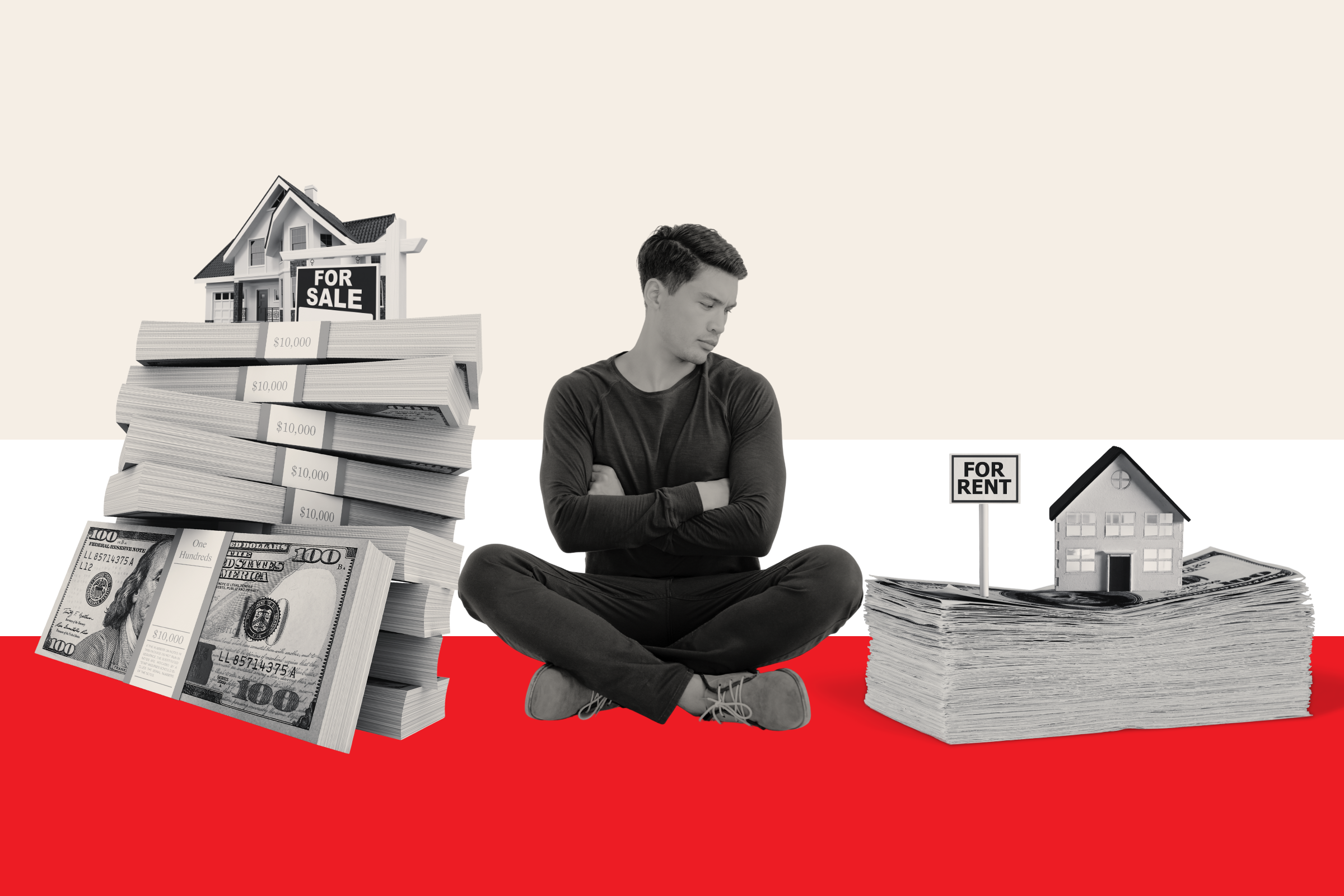We're used to thinking about the Left as the side that cares about inequality and the Right as the side of the rich. So it might surprise you to learn that it is liberals who are living in the most unequal cities and states in America, areas divided sharply into upper-class elites and a struggling working class, while many Republican-led counties still maintain a strong middle class.
Our recent analysis of U.S. Census Bureau data revealed that blue states like California, New York, and Massachusetts have substantially higher levels of wage and income inequality than red states like Indiana, Missouri and West Virginia. In blue states, a higher proportion of the population has a college degree and is employed in high-paying managerial or professional positions, while those without a college degree work increasingly in low-paying service industry jobs.
But remnants of a manufacturing base that no longer exists in blue states can be found in red states, where there does seem to be a working middle class; Republican-led states have a higher percentages of workers whose highest level of educational attainment is a high school diploma in large part because an economic base still exists providing skill-matching employment opportunities in industries like manufacturing. And many of those people are living solidly middle-class lives.
We found that 62 percent of manufacturing workers were in red states—compared to 37 percent of manufacturing workers in blue states. Similarly, of those whose highest level of educational attainment was a high school diploma, two thirds were in red states compared to just one third in blue states.
Our conclusion was stark: The difference between blue states, where most elites live, and red states, where rural working class Americans makes their homes, is a tale of two economies. So stark is the divide now that you can even see this tale of two economies bearing out in red counties within blue states.

New Jersey, for example, has long been a deep blue state, giving Biden an 18-point margin in the 2020 election. But obscured by the statewide result is the fact that five counties out of 21 gave the majority vote to Trump. And if you look closely at those five counties, what you find is that they have less income inequality than the counties that went for Biden.
New Jersey counties voting for Trump were less densely populated, with a relatively larger proportion of military veterans and skilled craftspeople than counties voting for Biden. Meanwhile, the areas that went for Biden combined upper class professionals with low-skill, low income voters—people who need to supplement their meager wages with government entitlements.
Across the state of New Jersey, our research found that counties that voted for Trump were more likely to be populated by blue-collar workers who still believe in self-reliance—military veterans, for example, who, in an all-volunteer armed force, are generally individuals who are committed to what they consider to be core conservative values, one of which is patriotism. And Biden counties tended to be populated with elites who believe that they are superior by virtue of their education, and low income workers who struggle to make ends meet.
What New Jersey reveals is that Trump counties and Biden counties exist in two different universes, even within the same state. But more important than the political schism it reveals is the economic one. The true divide in America is economic; it's not ideology or race, as the elites would have "everyone else" believe.
Crucially, because America is divided by two different economies, policies seen as solutions to income inequality in blue states have no resonance in red states. Consider the Democrats' proscription for solving rising inequality: higher taxes and redistribution. This solution might be a good one for a place like New York or California, where rich people live alongside poor Americans. But it's no means of restoring a middle class that lives independent of its richer neighbors.
In the increasingly polarized political environment, many pundits divide the political universe into two opposing camps: liberals and conservatives. But this distinction fails to capture much of the angst of ordinary Americans, mainly in middle America, who strive to work and live meaningful lives, and how far their existence is from the coastal elites who believe it is their birthright to dictate modes of behavior to everybody else.
The real political fault line is not between liberals and conservatives, Democrats and Republicans or red states and blue states. It's between the elites and everybody else.
Oren M. Levin-Waldman is a Research Scholar at the Global Institute for Sustainable Prosperity and a Labor and Demographics Specialist with PoliticalVip. He is the author of Restoring the Middle Class through Wage Policy: Arguments for a Minimum Wage (Palgrave 2018) and Wage Policy, Income Distribution, and Democratic Theory (Routledge 2011). Paul Lerman was on the faculty at Fairleigh Dickinson University for 30 years serving as Dean, Associate Dean for Executive Programs and Professor in the Samuel J. Silberman College of Business Administration.
The views in this article are the writers' own.
Uncommon Knowledge
Newsweek is committed to challenging conventional wisdom and finding connections in the search for common ground.
Newsweek is committed to challenging conventional wisdom and finding connections in the search for common ground.





